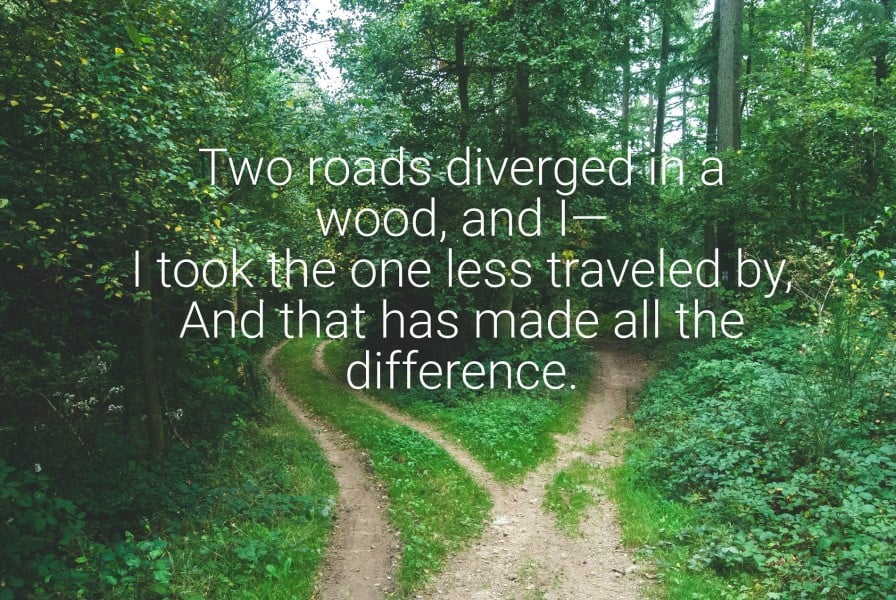Innovations are the lifeblood of new products. And we certainly need innovation to overcome our disrupted world. But simply having a great idea does not automatically translate into commercial value.
For one, as we noted in our last blog post (link 1 below), the market that you select for your innovation is crucial. And so is your business model - whether you plan to commercialize with a company partner or through a startup, or another type of business arrangement.
But an often neglected aspect of increasing your idea’s value is through protection. By protecting your idea, you set out safeguards that keep others from copying it without paying you. These safeguards help crystallize your rights to IP (intellectual property) - ideas as assets. Plus, certain types of idea protection can also support future revenue streams, for example through royalty payments - even if your innovation does not ultimately become a successful product.
In this post, we’ll consider the following types of idea protection in depth:
- Patents
- Copyright
- Data
What does protection really mean?
Protecting an invention or product with a patent means that other businesses or people may not make, sell, or use your product without your permission. If they do so, you will be able to file a lawsuit against them for patent infringement.
There are three main reasons why you need a patent:
-
Protection - You’ll be able to protect your invention from your competitors and stop copycats.
-
Market Dominance - You can use a patent to restrict competitors from your market. It’s an offensive and a defensive tool as well!
-
Growth - A business that owns a patent(s) attains much higher valuation, will be more likely to receive funding, and has higher credibility and stability.
Overall, a patent will give your business the boost it needs to truly succeed! Patents also help your business increase your market share because you can block out, restrict, and control your competitors (link 2 below).
For more information on patents, sign-up for our FREE patent guide.
Get your FREE copy of the patent guide today!
What is a copyright and why you need it?
A copyright is an inherent right, meaning that the creator of a work (or his/her employer, if performed under contract) automatically owns the copyright in creative work.
You will, however, need to register your copyright in the US in order to be able to enforce it.
When a copyright can help you – and when it can’t-
A copyright can be used to protect specific types of ideas. These are some examples of what you can protect with copyright:
-
All printed material including books, manuals, brochures, magazine articles
-
Contents of websites
-
Images (whether physical or digital)
-
Video, including the components of videos (visual information, story, spoken words, music)
-
Music, including lyrics, melody, sound recordings, written musical score
-
Computer code (but not the underlying idea or design – see below)
Some ideas that copyright can’t be used to protect:
-
It cannot be used to protect names or slogans – those must be protected with a trademark
-
It cannot be used to protect broad software ideas – those must be protected with a patent
And what about logos?
Well, logos are trickier. Sometimes they can be protected with copyright, sometimes with a trademark – and sometimes with both. Check with a copyright or trademark professional for any specific logos that you want to protect (link 3 below)
Data Protection
Data protection is a bit trickier than the above two forms of protection, because it isn’t a registerable right. There is no government entity that you can approach to obtain clear title to your data, and an easy way to prove ownership. Instead, you need to follow a few different strategies.

One way to protect your data is to only permit others to view and use your data under carefully controlled conditions. This type of control is established through a contract, which should define when, where and how your data can be used. Greater control may then increase the likelihood of your data remaining protected. For example, it is advantageous to limit the individuals who can access your data, even at a company which has a license. The contract also needs to answer questions about data security, the potential (if any) for data modification, what the data can be used for and so forth.
In the US, it is very difficult to establish copyright protection for databases. Merely compiling a list is considered to be too “mechanical” for copyright protection (see link 4 below). However, trade secrets can be another way to protect your data. Trade secrets involve keeping your data protected and secret - but with particular requirements (see link 5 below).
In Europe, it should be noted, additional database protection is available, in two forms. First, if the content is original, it can be protected through copyright. Second, even if the content isn’t original, but it cost a great deal and/or took a lot of effort to create, then it can be protected as a collection. See link 6 below for more information.
Have questions about idea protection? Wondering whether you should keep your data secret or file a patent? Sign up for a call with me, D’vorah Graeser, and I’ll answer all your questions.
References:
- https://blog.kissplatform.com/markets-partners-and-protection
- https://kisspatent.com/comprehensive-patent-guide
- https://kisspatent.com/resources/what-is-a-copyright
- https://www.justia.com/intellectual-property/copyright/lists-directories-and-databases/
- https://www.uspto.gov/ip-policy/trade-secret-policy
- https://europa.eu/youreurope/business/running-business/intellectual-property/database-protection/index_en.htm



